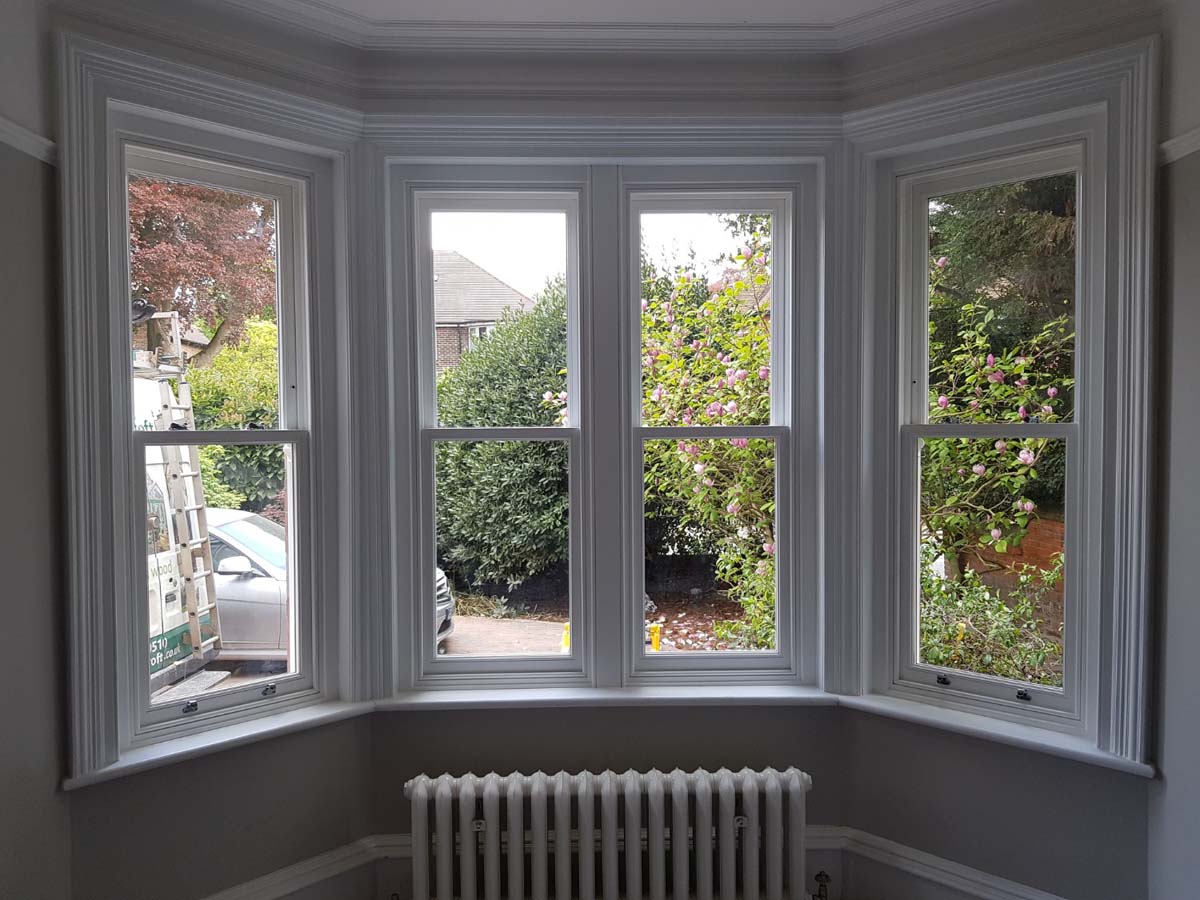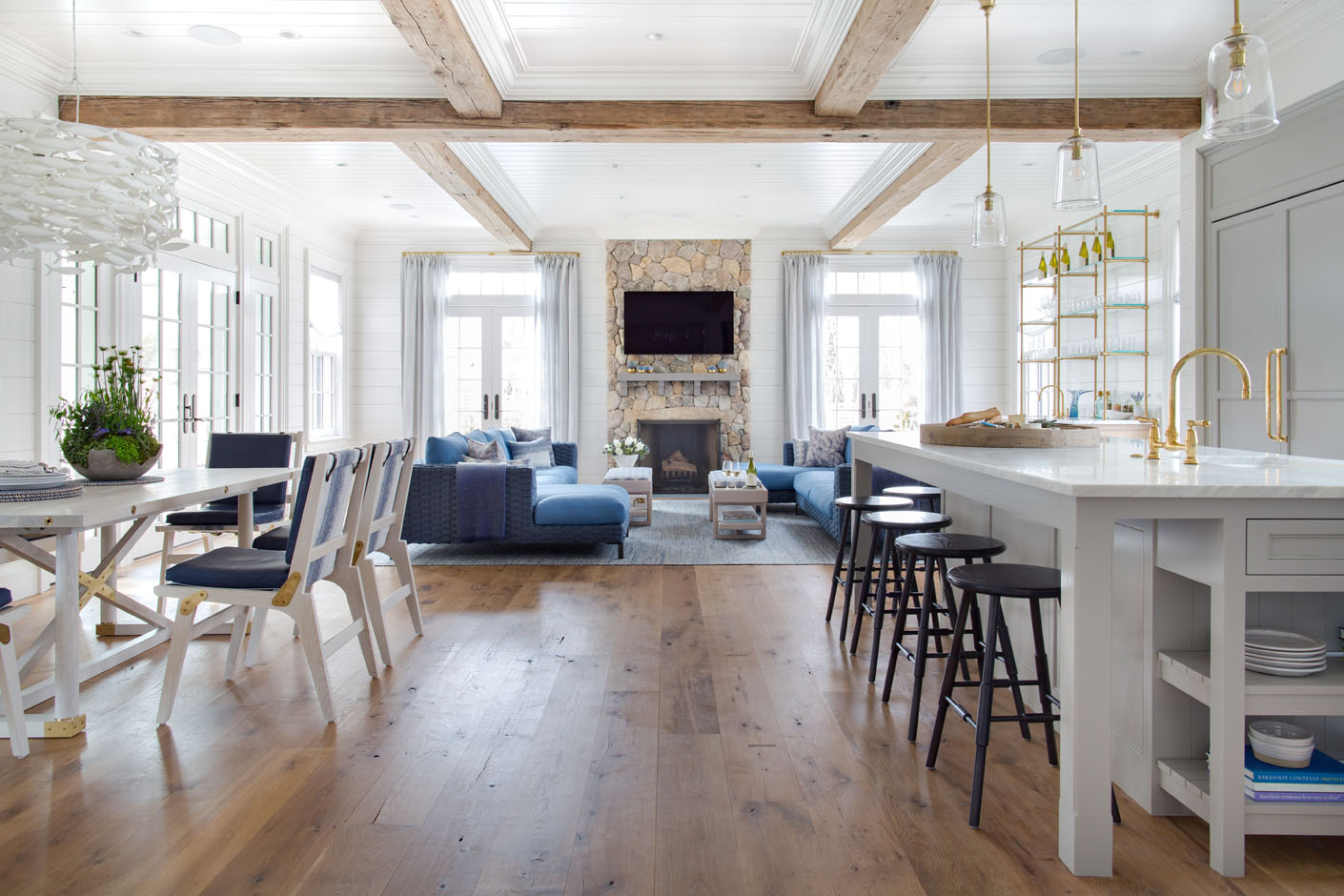If you've ever marveled at buildings with tall columns, white exteriors, and sloping roofs, you're not alone. These are just a few characteristics of Greek Revival architecture, a style that has captivated us since the 1800s.
Greek Revival, a neoclassical architectural style, draws inspiration from the elegance, simplicity, and symmetry of ancient Greek art and design. It replicates the classical architecture of Greek temples, incorporating elements such as balance, tall columns, intricate details, and harmony. This architectural movement originated in Europe but gained popularity in the U.S. and Canada, shaping residential and public structures. It even played a significant role in the development of American democracy.
Discovering Greek Revival Architecture
Greek Revival architecture can be defined as an art form that combines science and design. British architect James Athenian Stuart is credited with popularizing this style after his visit to Greece in 1751. His book, "Antiquities of Athens," became the first reference book with detailed Greek architectural information. The Greek Revival movement then spread across Britain and northern Europe.
In the United States, influential architects like Thomas Jefferson embraced this architectural style. One of his notable works is the Virginia State Capitol building. From the 1820s to the 1850s, Greek Revival architecture flourished in America, becoming the first national style. With the availability of architectural pattern books, including the American Builder’s Companion and the Beauties of Modern Architecture, the movement reached a wider audience, inspiring the construction of public buildings and Greek Revival homes.
Unique Characteristics of Greek Revival Architecture
Identifying Greek Revival buildings is a fascinating journey once you know what to look for. Here are some distinct characteristics that set this architectural style apart:
1. White Walls
Greek Revival houses often boast white-painted exteriors, mimicking the white marble used in ancient Greek temples. This choice of color adds to the grandeur and beauty of these structures.
:max_bytes(150000):strip_icc()/GettyImages-115991816-88fb0f2d3f264ad9981eec3899cc93c5.jpg) Image credits: thespruce.com
2. Sash Windows
Greek Revival architecture incorporated the glazing innovations of the 19th century. The window exteriors are relatively simple compared to the ornate doorways. Double-hung sash windows with six panes per sash were common, with some ornamental windows sporting three-part assemblages.
 Image credits: gowercroftjoinery.com
Image credits: gowercroftjoinery.com
3. Elaborate Front Entrance
Greek Revival front entrances feature ornate designs. They often include a rectangular transom and sidelights with small panes, surrounded by thick, broad trim. Some front doorways even have sunken areas, creating a three-dimensional effect. The doors themselves typically have one to four panels.
4. Low Roof
Greek Revival architecture is characterized by low-pitched roofs. In the 19th century, cedar shingles or standing seam tin were commonly used as roofing materials.
Image source: apartmenttherapy.com
5. Columns and Pilasters
The most striking feature of Greek Revival buildings is the use of columns. These traditional architectural elements distinguish them from other styles. The front facades often feature round, rectangular, or octagonal columns or pilasters. Greek-style columns are typically constructed without a base, although some Greek Revival buildings incorporate columns with bases, influenced by Roman-style architecture.
 Image source: HGTV.com
Image source: HGTV.com
6. Interior Moldings
Moldings are a significant component of Greek Revival architecture. They add elegance and style to both the interior and exterior of homes built in this style. Homeowners often preserve these original architectural features to maintain the property's character and enhance its visual appeal.
7. Porticos
A majority of Greek Revival homes feature a portico, an open porch supported by columns extending from the front door. These porticos come in different styles, including entry and full-width types. Ionic, Doric, and Corinthian styles are a few examples. Porticos serve to enhance the grandeur of a Greek Revival building and contribute to its overall aesthetic appeal.
:max_bytes(150000):strip_icc()/columns-supreme-451204148-crop-5872e8ab5f9b584db316ee8d.jpg) Image credits: cleanbrenneman.com
8. Entablature Roof Trim
Greek Revival buildings are recognized by the entablature, a band of trim that extends from the roof's base above the columns. An entablature consists of three parts: the cornice, the frieze, and the architrave. It adds a touch of elegance and sophistication to the overall design.
 Image credits: thoughtCo.com
Image credits: thoughtCo.com
9. Transom
Every Greek Revival house features a horizontal transom above the front door. Unlike earlier architectural styles that had fanlights, Greek Revival house plans consistently include a transom placed horizontally above the front entrance.
 Image source: historicdoors.com
Image source: historicdoors.com
10. Exterior Materials
Greek Revival-style homes are known for their distinctive use of materials. While ancient Greek temples used marble or stone, Greek Revival homes typically employ wood, stucco, and occasionally stone to imitate the original look of classical Greek architecture.
11 Exquisite Examples of Greek Revival Architecture
Greek Revival architecture has left an indelible mark on the architectural world. Here are eleven notable examples that showcase the beauty and timelessness of this style:
-
Milford Plantation, Pinewood, South Carolina: A magnificent Greek Revival building with six Corinthian columns supporting a sizable portico.
-
John C. Ainsworth House, Portland, Oregon: This house stands out with its rustic Greek Revival design, featuring four columns, triangular pediments over the windows, and a grand entrance.
-
Second Bank of the United States, Washington, D.C.: Designed by architect William Strickland, this structure resembles the Parthenon and showcases eight Doric columns supporting a triangular pediment.
-
U.S. Treasury Building, Washington, D.C.: Notable for its proportions and Greek Ionic order, this building adds sophistication to the capital's architectural landscape.
-
The Grange, England: This red brick building was transformed into a Classical Ancient Greek temple, complete with Doric porticos and additional architectural elements.
-
British Museum, London: Extensively using the Greek Ionic order, the British Museum stands as one of the most striking examples of Greek Revival architecture and houses remarkable art and antiquity collections.
-
Lincoln Memorial, Washington, D.C.: Resembling a Greek temple, this iconic memorial boasts 36 fluted Doric columns and ornamental friezes, serving as a tribute to President Abraham Lincoln.
-
Fitzwilliam Museum, Cambridge, England: Surrounded by Corinthian columns and adorned with an entablature and pediment, this museum is renowned for its art and antiquities.
-
Victoria Parliament House, Melbourne, Australia: This architectural masterpiece draws inspiration from Greek Doric Order, featuring precisely planned and crafted columns.
-
Brandenburg Gate, Berlin, Germany: With its 12 Doric columns forming five gateways, the Brandenburg Gate showcases the influence of Greek mythology and serves as a symbol of unity.
-
Bocage Plantation, Darrow, Louisiana: After a devastating fire, this plantation was reconstructed with Greek Revival design elements, including massive columns, an entablature with a pediment-style design, and a grand front staircase.
Frequently Asked Questions on Greek Revival Architecture
-
Who started Greek Revival architecture? British architect James Stuart is credited with popularizing the Greek Revival style after his visit to Greece in the 18th century. His book, "Antiquities of Athens," played a crucial role in its dissemination.
-
Where is Greek Revival architecture most common? Greek Revival architecture can be found across America, with the East Coast being the most popular region for this style.
-
What materials were used in ancient Greek buildings? Ancient Greek builders initially used wood and mud clay for construction. As architectural technology evolved, marble became a popular choice. In places where marble was unavailable, limestone covered in marble dust stucco was used.
Greek Revival architecture continues to inspire awe with its timeless beauty and grandeur. Its influence can be seen in iconic structures around the world, reminding us of the enduring legacy of ancient Greece's architectural mastery.

















